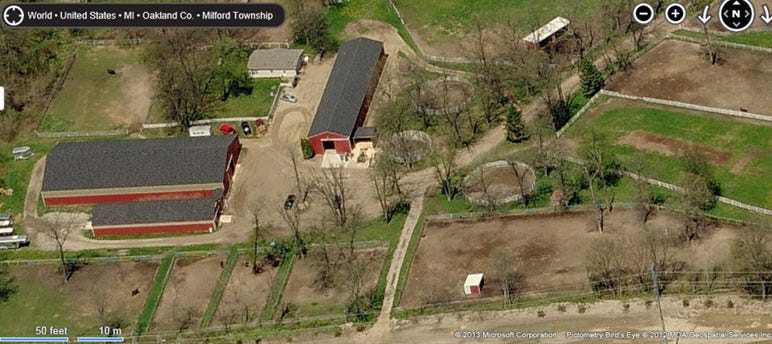Before its June 2022 debacle while looking for Jimmy Hoffa, the FBI also dug in the wrong place in May 2006
The story behind the FBI's search of Rolland McMaster's farm in Wixom, Michigan

NOTE: This column is based on updated published and unpublished excerpts from m…
Keep reading with a 7-day free trial
Subscribe to MOBOLOGY to keep reading this post and get 7 days of free access to the full post archives.




